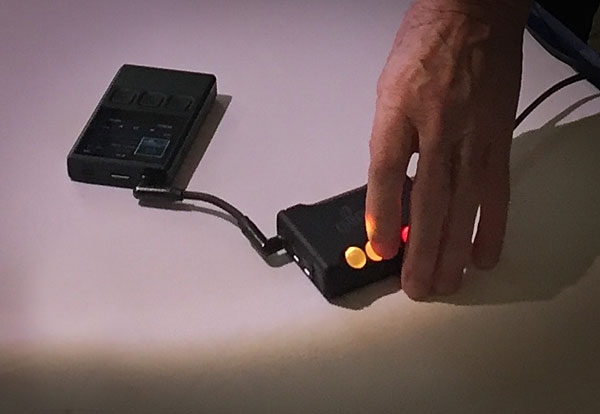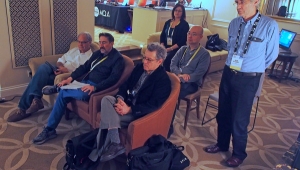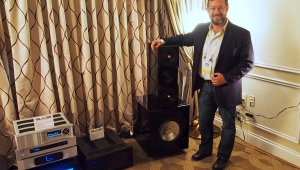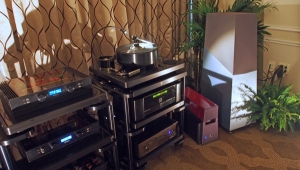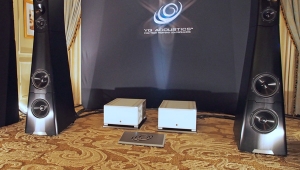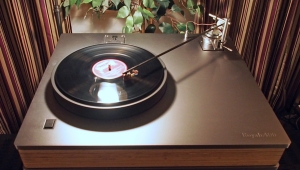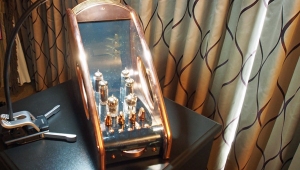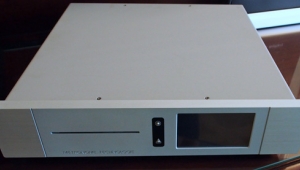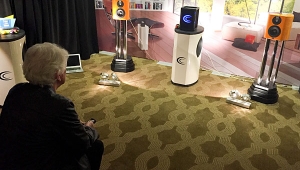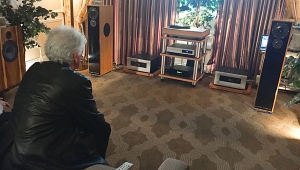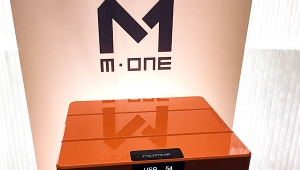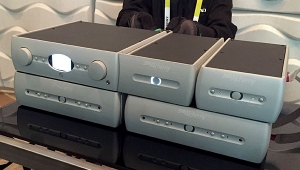| Columns Retired Columns & Blogs |
one of the good guys. I read his book "Wild Tales" a few years back and enjoyed it. He has a terrific memory and he is honest. (Disclaimer: I have loved his singing since The Hollies)
Thanks for the CES coverage. The Stereophile writing about his CES tour made me feel like I was with you guys. Very nice series.
